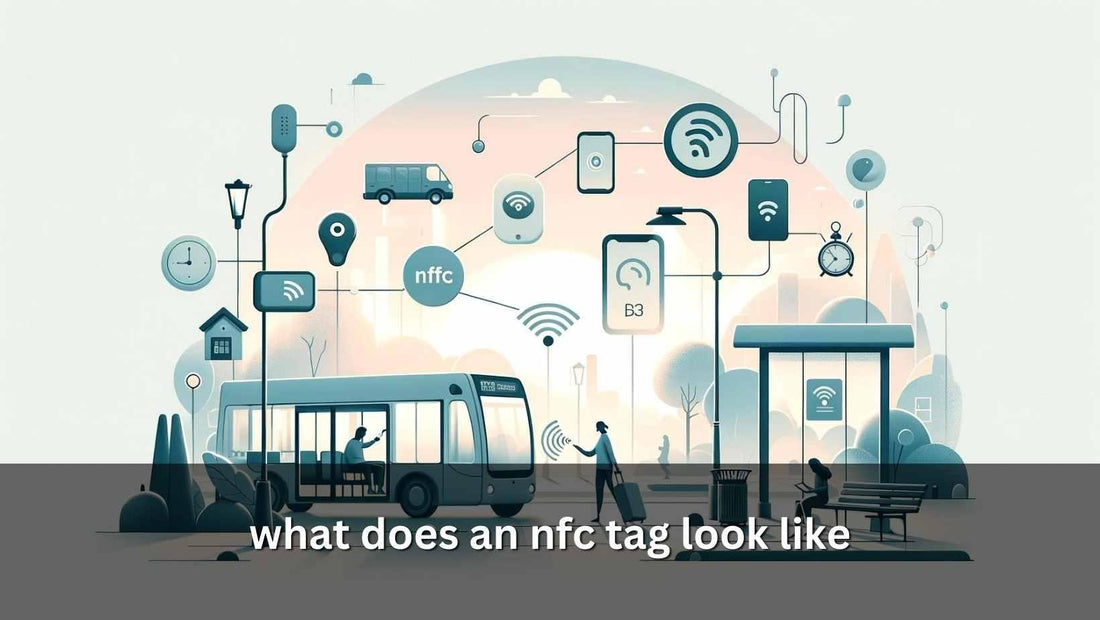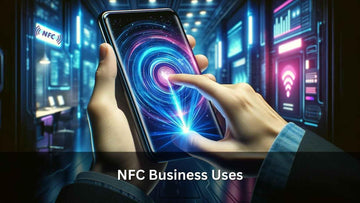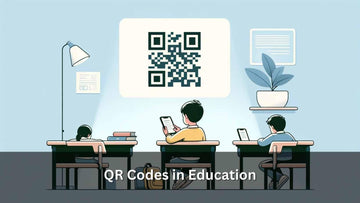Unlocking the Potential: A Comprehensive Guide to NFC Tags

Contents
Introduction
Near Field Communication (NFC) technology has become a pivotal element in the realm of digital communication, enabling devices to share information seamlessly over a short distance.
This technology, integral to facilitating transactions, data exchange, and connectivity, has simplified how we interact with the world around us. By allowing a simple tap or close proximity between devices, NFC has opened up new avenues for contactless payments, access control, and even smart advertising. Its adoption across various sectors underscores its versatility and the convenience it brings to everyday interactions, making it an indispensable tool in our increasingly connected society.
Understanding NFC and RFID
Near Field Communication (NFC) and Radio-Frequency Identification (RFID) are pivotal technologies in the sphere of wireless communications, each serving distinct roles within various applications. RFID, a broader technology, is employed for tracking and identifying objects through radio waves, encompassing a wide range of frequencies and is often used in supply chain management, inventory tracking, and access control systems. It operates through tags that emit data to RFID readers over varying distances, depending on the frequency band.
NFC, a subset of RFID, is specifically designed for close-range communication, typically within 4 cm. It facilitates secure two-way interactions between electronic devices, making it ideal for contactless payments, electronic ticketing, and data exchange between smartphones and other devices. One of NFC's standout features is its support for encryption, enhancing security for sensitive transactions and personal data exchange.
The key distinction between NFC and RFID lies in their operational range and applications. RFID covers broader distances and is primarily used for identification and tracking, lacking the interactive capabilities of NFC. In contrast, NFC's design focuses on secure, short-range interaction, promoting a user-friendly experience for tasks such as mobile payments, device pairing, and information sharing. This fundamental difference underscores the specialized application fields of each technology, with NFC being more suited to consumer-facing applications requiring enhanced security and ease of use.
The Anatomy of NFC: Tags, Chips, and Readers
The world of Near Field Communication (NFC) is built around three core components: tags, chips, and readers, each playing a crucial role in the technology's ecosystem. NFC tags are small, wireless devices that store data which can be accessed by an NFC-enabled reader. These tags come in various forms, including stickers, wristbands, and cards, designed to suit different applications and environments. The versatility of NFC tags is further expanded by their types, ranging from Type 1 to Type 5, each supporting different memory capacities, security features, and read/write functionalities.
At the heart of each NFC tag is an NFC chip, which contains the integrated circuits necessary for storing data and communicating with NFC readers. The chip is what enables the tag to perform NFC operations, making it a critical component of the tag's anatomy. Despite their symbiotic relationship, the distinction between the chip and the tag itself is significant; the chip is the functional component, while the tag includes the chip and can be designed into various physical forms for practical use.
NFC readers, on the other hand, are devices capable of reading the information stored on NFC tags and processing it accordingly. These readers can be standalone devices or integrated into smartphones and tablets, allowing for versatile applications in payment systems, access control, and information exchange. The interaction between an NFC tag and reader involves an electromagnetic field generated by the reader, powering the tag and enabling data transmission. This seamless communication channel underpins the simplicity and efficiency of NFC technology, facilitating a wide array of digital interactions in today's connected world.

The Mechanics of NFC Tags
NFC tags operate through a simple yet sophisticated mechanism, enabling them to communicate data to NFC-enabled devices like smartphones. At their core, NFC tags consist of a small chip and an antenna; the chip stores data, while the antenna allows for the wireless transmission of this data over short distances. When an NFC-enabled device comes into proximity (typically a few centimeters), it generates an electromagnetic field that induces a current in the tag's antenna, powering the chip. This energy transfer enables the chip to transmit the stored data back to the reading device.
One of the key features of many NFC tags is their ability to be rewritten multiple times, allowing for dynamic use cases. This reprogrammability means that the data stored on the tag can be updated or changed as needed, extending the tag's utility beyond a single use. For instance, a tag can initially direct users to a specific webpage, then later be updated to showcase a new product or service. This capability enhances the versatility of NFC tags, making them a powerful tool for interactive marketing, personal use, and information sharing in a multitude of settings.
NFC in Action: Payments and Business Applications
The NFC payment process epitomizes the convenience and security of modern financial transactions. By simply tapping an NFC-enabled smartphone or card against a payment terminal, users can complete transactions without swiping, inserting, or entering a PIN. This method leverages encrypted data exchange, ensuring a high level of security for each transaction. The speed and simplicity of NFC payments have not only enhanced the shopping experience for consumers but also streamlined operations for businesses, leading to faster checkout times and increased customer satisfaction.
Beyond payments, businesses are creatively adopting NFC tags to foster enhanced interactions with customers. For instance, NFC tags embedded in product packaging or displays can unlock exclusive content, such as instructional videos, user reviews, or special promotions, directly on a customer's smartphone. In retail environments, NFC tags can facilitate a "smart shopping" experience, where customers access detailed product information and comparisons by tapping their phone on a shelf label or product. Moreover, in events and hospitality, NFC wristbands or badges enable frictionless access control, cashless payments, and personalized experiences, further demonstrating the technology's versatility. These innovative applications of NFC tags are transforming traditional business models, offering new ways to engage, inform, and delight customers in various sectors.

The Evolution of NFC Tags
The evolution of NFC tags has been marked by a significant rise in popularity, driven by their seamless integration into daily life and business operations. Initially developed for contactless payment systems, the application of NFC technology quickly expanded due to its simplicity, security, and versatility. As smartphones universally adopted NFC capabilities, businesses across industries began leveraging tags for innovative interactions, from marketing and information sharing to inventory management and event access control. This widespread adoption has underscored NFC's impact on technology, making it a standard feature in modern devices and a catalyst for creating more interactive, efficient, and secure systems. The ongoing development and implementation of NFC tags continue to shape the future of digital communication and commerce, demonstrating their lasting influence on technology adoption worldwide.
Conclusion
NFC tags have emerged as a cornerstone of modern technology, facilitating a myriad of interactions that blend the physical and digital worlds seamlessly. Their adoption across diverse sectors—from retail and marketing to security and personal connectivity—highlights their versatility and the value they bring to everyday experiences. As technology continues to evolve, the potential for NFC tags to drive future innovations remains vast. With advancements in data security, energy efficiency, and integration capabilities, NFC tags are poised to unlock new possibilities, further enhancing the way we interact with technology and each other, making every tap a gateway to endless opportunities.
We at NFC Tagify provide all sort of NFC Solutions or you may contact us: Tel. 01600800080, Email: info@nfctagify.com









